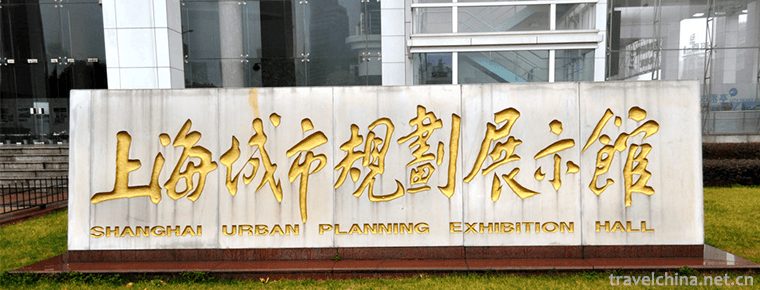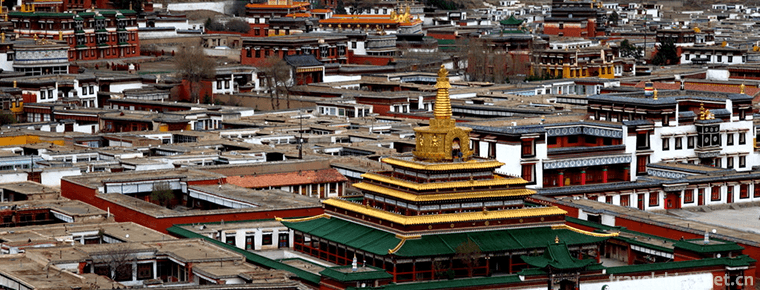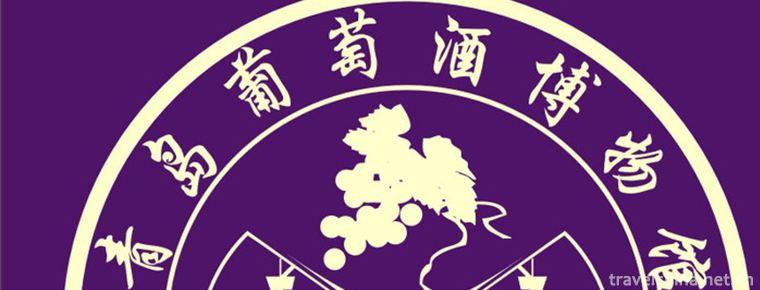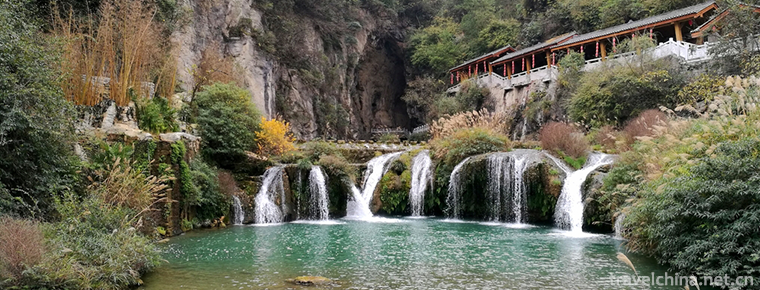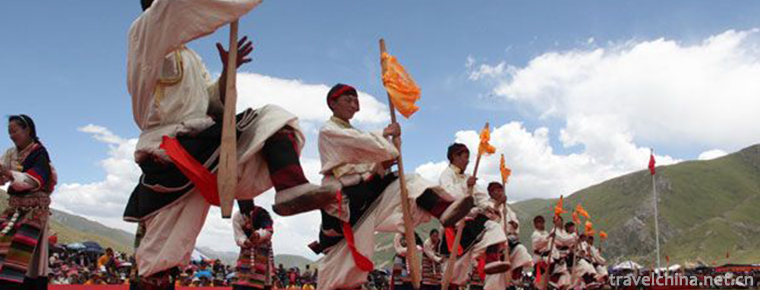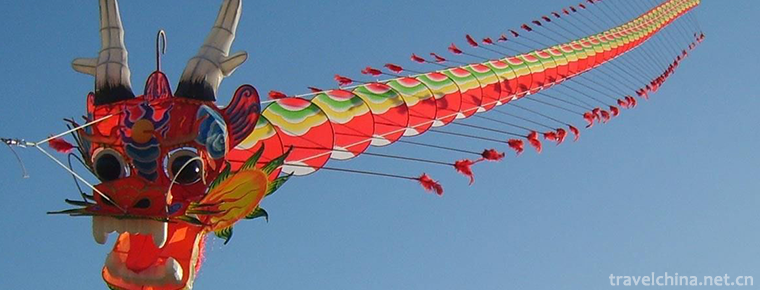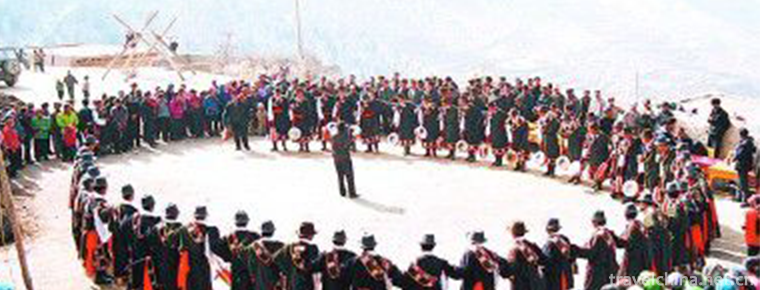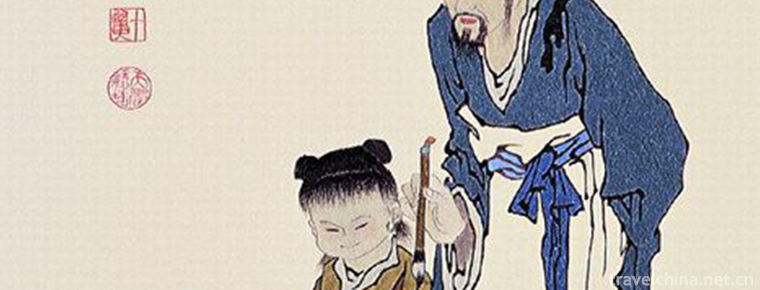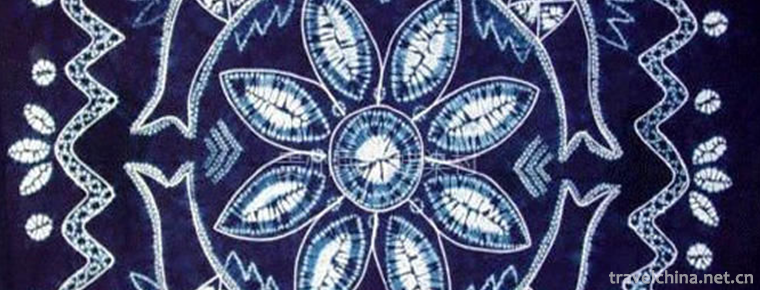Legend of Lugou Bridge
Legend of Lugou Bridge
The legend of Lugou Bridge is very rich in content, including the construction of Lugou Bridge, the lion on Lugou Bridge, Lugou pier chopping dragon and sword, Lugou Xiaoyue, Lugou Bridge and Wanping City, Lugou Bridge Incident and so on. The earliest records about the legend of Lugouqiao are hard to find, but there were articles about the legend of Lugouqiao in newspapers and magazines during the Republic of China. The Lugouqiao Incident, which broke out in 1937, made Lugouqiao more famous in the world. The legends about Lugouqiao are scattered in various materials such as local chronicles. The legends that have been preliminarily sorted out are recorded in the albums of Lugou Xiaoyue and Lugou Bridge Legend respectively. The legend of Lugouqiao has a long history, and its spreading area is very wide. It not only spreads all over Wanping, radiates the whole country, but also spreads far to South-East Asian countries such as Korea, Japan, Singapore and other Chinese regions all over the world. Like the historical value and scientific value of Lugouqiao itself, the legend of Lugouqiao has high literary value, humanistic value and historical value.
On July 16, 2014, the State Council promulgated Lugouqiao Legend as the fourth batch of national intangible cultural heritage list.
brief introduction
Lugou Bridge, also known as Lugou Bridge, is about 15 kilometers southwest of Tiananmen, on the Yongding River in Fengtai District. It is named for crossing the Lugou River (Yongding River) and is the oldest existing stone arch bridge in Beijing. The Lugou Bridge is 266.5 meters long and 7.5 meters wide, with a maximum width of 9.3 meters. There are 10 piers and 11 holes. The whole bridge body is of stone structure. The key parts are connected with silver ingot tenons and tenons, which is the longest ancient stone bridge in North China. On July 7, 1937, Japanese imperialism launched an all-round war of aggression against China here. The Chinese garrison in Wanping City rose up to resist, historically known as the "Lugouqiao Incident" (also known as the "July 7th Incident). The Chinese Anti-Japanese Army fired its first shot in the all-round war of resistance at Lugouqiao.
Culture
Lugou Bridge has a unique architectural structure and exquisite sculpture art. It has a fascinating scenery that makes people linger and forget. From the day it was built, all kinds of legends around Lugou Bridge came into being. In the long history of more than 800 years, it has been widely spread among the people in the form of oral instruction. In the process of spreading, people constantly enrich and develop its content, making the legend of Lugouqiao eventually become the subject matter of stories, poems, ballads, allegorical sayings, novels, dances, dramas and other forms of literature and art, and its popularity continues to expand.
The legend of Lugou Bridge is very rich in content, including the construction of Lugou Bridge, the lion on Lugou Bridge, Lugou pier chopping dragon and sword, Lugou Xiaoyue, Lugou Bridge and Wanping City, Lugou Bridge Incident and so on. The earliest records about the legend of Lugouqiao are hard to find, but there were articles about the legend of Lugouqiao in newspapers and magazines during the Republic of China. The Lugouqiao Incident, which broke out in 1937, made Lugouqiao more famous in the world. The legends about Lugouqiao are scattered in various materials such as local chronicles. The legends that have been preliminarily sorted out are recorded in the albums of Lugou Xiaoyue and Lugou Bridge Legend respectively.
The legend of Lugouqiao has a long history, and its spreading area is very wide. It not only spreads all over Wanping, radiates the whole country, but also spreads far to South-East Asian countries such as Korea, Japan, Singapore and other Chinese regions all over the world. Like the historical value and scientific value of Lugouqiao itself, the legend of Lugouqiao has high literary value, humanistic value and historical value.
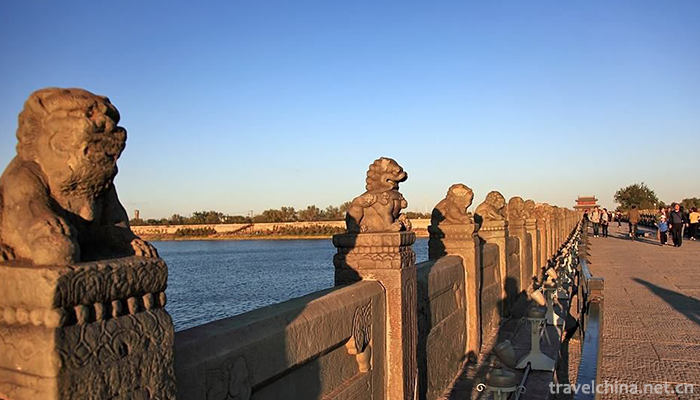
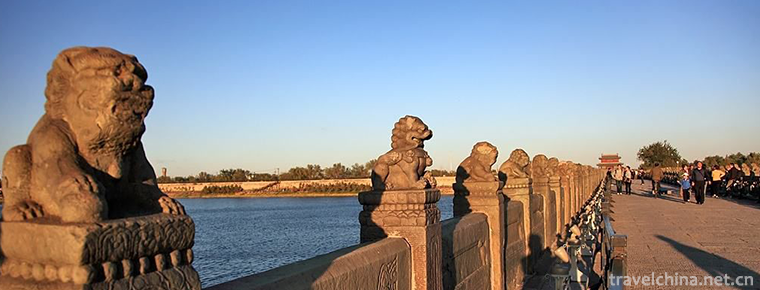
Legend of Lugou Bridge
-
Shanghai Urban Planning Exhibition Hall
The Shanghai Urban Planning Exhibition Hall was completed in early 2000 and opened to the public on February 25, 2000. As an important window for Shanghai's external publicity, Shanghai
Views: 145 Time 2018-12-19 -
La blun Temple
Labrang Temple is one of the six main monasteries of the Gelug Sect of Tibetan Buddhism. In 1982, Labrang Temple was listed as one of the key cultural relics protection units in China
Views: 172 Time 2019-01-29 -
Qingdao Wine Museum
Qingdao Wine Museum is located at No. 68 Yan'an Road, North District of Qingdao City. It is an underground museum with popular science education, collection and display
Views: 200 Time 2019-02-07 -
Tianhetan Scenic Area
Tianhetan is located in Shibanzhen, Huaxi District, Guiyang City, Guizhou Province. It is a scenic spot with typical karst natural scenery as the main part and historical celebrities
Views: 126 Time 2019-02-21 -
A harmonic
A harmonic, also known as Dabu Ah Hsiang, means "the song of laborers", originated from a form of labor called "Da Ah Hsiang" among Tibetan people.
Views: 243 Time 2019-03-29 -
Kite making skills
Kite making skills, Weifang City of Shandong Province, Nantong City of Jiangsu Province, Lhasa City of Tibet Autonomous Region, Beijing, Tianjin and other local traditional skills, one of the national
Views: 135 Time 2019-04-29 -
Gell
"Gar", which means singing and dancing in Tibetan, also means "music and dance", because performing Gar has accompaniment of special instruments. On the staff roster of the Tibetan
Views: 330 Time 2019-04-30 -
Gu embroidery
Gu embroidery, a traditional folk art in Shanghai, is one of the national intangible cultural heritages.
Views: 157 Time 2019-05-01 -
Li Nationalitys Wood Drilling and Fire making Techniques
Li people's wood-drilling and fire-making skills, Hainan Province's local traditional handicraft, one of the national intangible cultural heritage.
Views: 207 Time 2019-05-13 -
Lotus fall lian hua lao
Lotus Flower is a kind of traditional folk art with both rap and singing. The performers are mostly one person, self-talk and self-sing, self-play seven pieces of accompaniment.
Views: 151 Time 2019-05-13 -
Tie dyeing skills
Tie-dyeing, known as Zha Val, Ge Val, Jia Val and Dye Val in ancient times, is a traditional and unique dyeing process of Chinese folk. A dyeing method in which fabrics are partially tied up so that t
Views: 160 Time 2019-07-16 -
Capital Medical University
Capital Medical University (Capital Medical University), known as the first Medical University, is jointly established by the Beijing Municipal People's government, the national health and Health Comm
Views: 156 Time 2019-11-26
